Prevest Fusion Self Lute
₹1,800.00 Original price was: ₹1,800.00.₹1,595.00Current price is: ₹1,595.00.
FEATURES :
- Self-curing
- Cementation of indirect restorations
- Low solubility
- Self-adhesive
Description
Self Curing / Chemical curing resin based composite adhesive luting cement Intro Pack-Auto Mix.
Composition :
- Base Paste : Bisphenol A Glycidyl Methacrylate, Ethoxlated Bisphenol A Dimethacrylate, Triethylene Glycol Dimethacrylate, Silanated Barium Glass Powder, Amorphous Fumed Silica, Curing Agents and Stabilizer.
- Catalyst Paste : Bisphenol A Glycidyl Methacrylate, Ethoxlated Bisphenol A Dimethacrylate, Triethylene Glycol Dimethacrylate, Silanated Barium Glass Powder, Amorphous Fumed Silica, Curing Agent and Stabilizer.
ADVANTAGES:-
- Simple to use , self-adhesive , no primers, silane or bonding agents needed
- Exceptional handling, especially with excess cement removal
- Low Solubility
- Durability and reliability with all indirect restorations
- High bond strength and excellent marginal sealing
INDICATION:-
- Cementation of indirect restorations (inlays, onlays crowns, bridges, posts) made of:
- Composites
- All ceramics
- Metal and metal ceramics
Key Specifications
Final set: 3-4 minutes.
Packaging
Direction to Use
Metal restorations to tooth structure-crowns, inlays, bridges, and posts including Maryland bridges. After try-in, sandblast each side of the restoration. Using a metal primer of your choice, treat the metal exposed to the paste. Clean tooth with non-fluoridated prophy paste or pumice. To prepare tooth for bonding, use a universal dentin / enamel bonding system. Mix equal amounts of catalyst and base pastes and use a plastic instrument or injection system to place in restoration. Avoid trapping air bubbles. Seat Restoration on tooth and hold in place until paste reaches initial set (about 2:00-2:30 minutes). Use a scaler or explorer to remove excess cement immediately upon initial set. It is important to wait until the final set to remove excess cement.
2. Metal to Metal :
Implant prosthesis or crown on post. Sandblast all external metal surfaces to be exposed to paste. Rough intra-oral metal with a micro-etcher or bur. Using a metal primer of your choice, treat the metal exposed to the paste. Clean posts or Abutments with non-fluoridated prophy paste or pumice. Mix equal amounts of catalyst and base pastes and use a plastic instrument or injection system to place in restoration. Avoid trapping air bubbles. Seat restoration on tooth and hold in place until paste reaches initial set (about 2:00-2:30 minutes). Use scaler or explorer to remove excess cement immediately upon initial set. It is important to wait until final set to remove excess cement.
3. Ceramic Restorations to Teeth (Porcelain Veneers, In-lays, On-lays):
After try-in, etch ceramic restoration and place in acetone or ethanol in ultrasonic cleaner for 1-2 minutes. Place silanating agent on internal or porcelain restoration. Clear tooth with non-fluoridated prophy paste or pumice. To prepare tooth for bonding, use a universal dentin / enamel bonding system. Mix equal amounts of catalyst and base pastes and use a plastic instrument or injection system to place in Restoration. Avoid trapping air bubbles. Seat restoration on tooth and hold in place until paste reaches initial set (about 2:00-2:30 minutes) use scaler or explorer to remove excess cement immediately upon initial set. It is not important to wait until final set to remove excess cement.
Only logged in customers who have purchased this product may leave a review.
Related products
Prevest
Prevest
Prevest
Prevest
Prevest

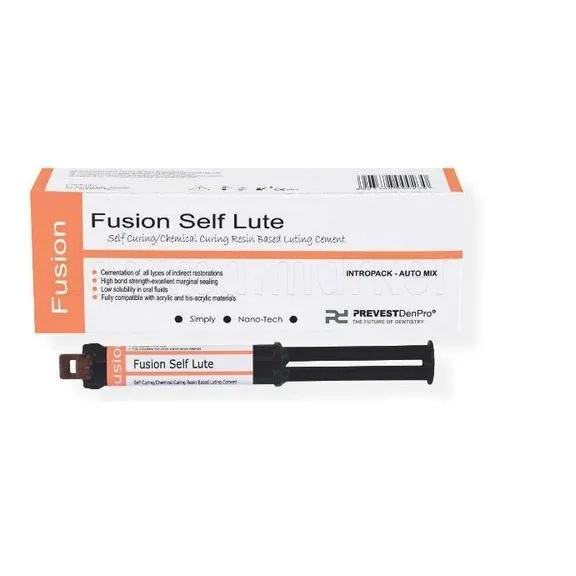
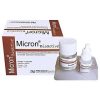
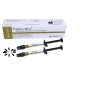
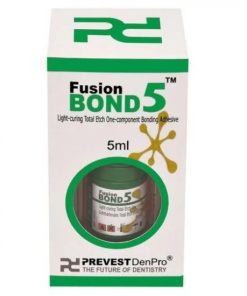

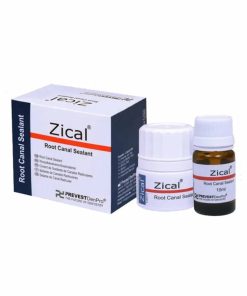
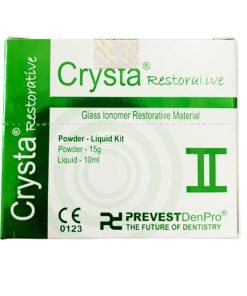
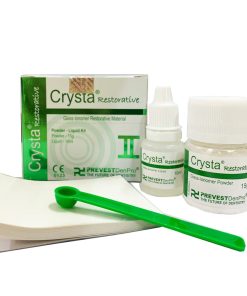

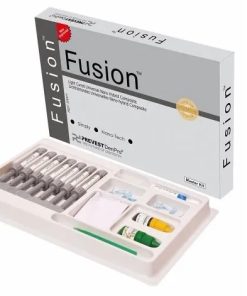
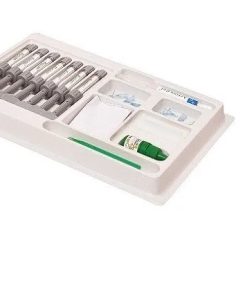


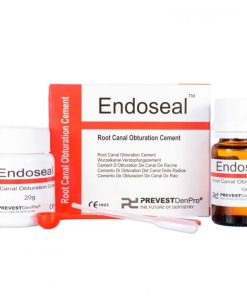



Reviews
There are no reviews yet.